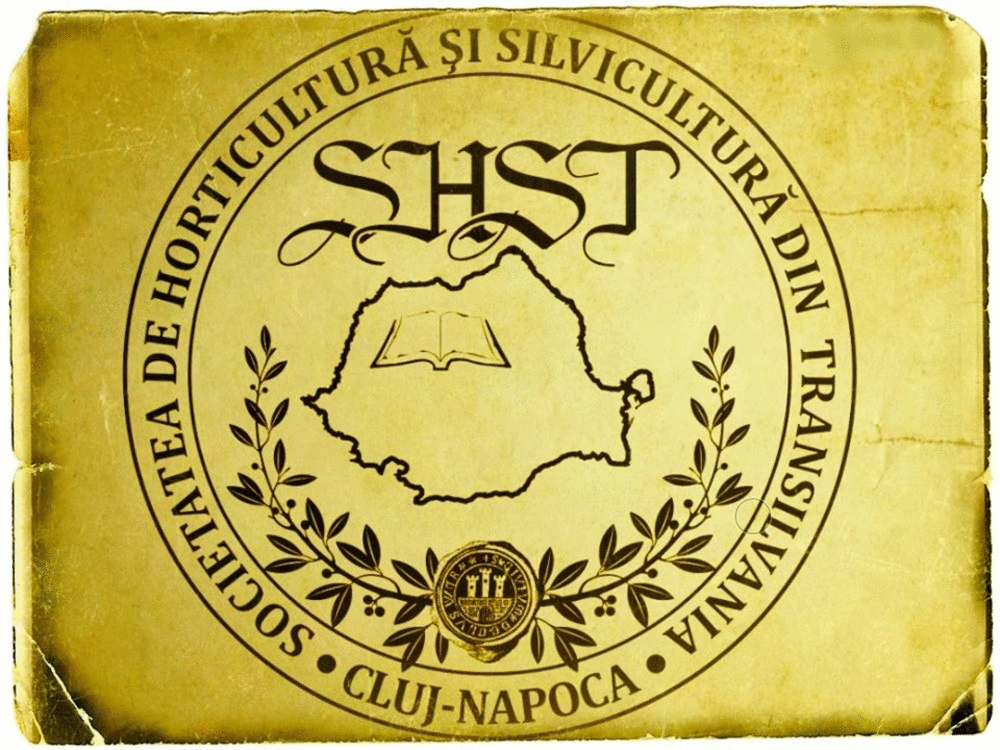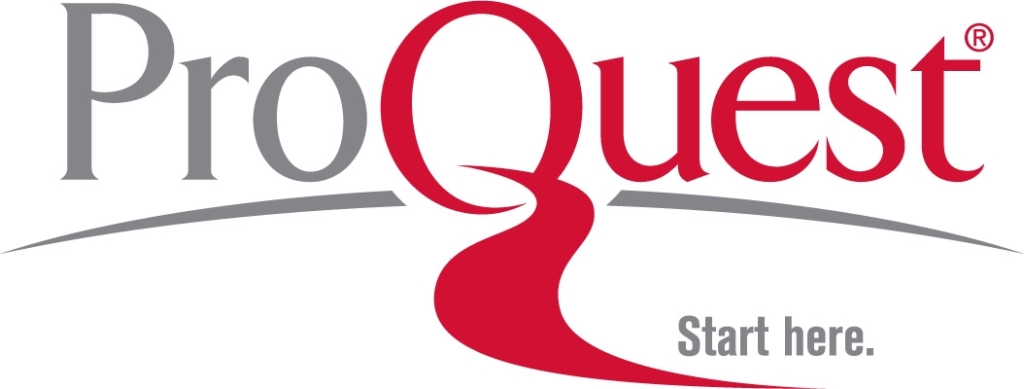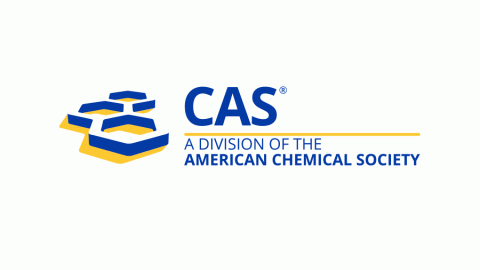Mineral and Nutrient Leaf Composition of Two Cassava (Manihot esculenta Crantz) Cultivars Defoliated at Varying Phenological Phases
DOI:
https://doi.org/10.15835/nsb245442Keywords:
cassava, defoliation, phenological stage, proximate composition, hydrocyanideAbstract
The effect of defoliation on mineral and food value of two cassava varieties defoliated at varying phenological phases was studied to ascertain the appropriate phenological phase when harvested leaves would contain the optimum mineral and proximate composition, gross energy and the least cyanide content. Two cassava cultivars were subjected to defoliation at varying phenological stages including logarithmic, vegetative and physiological maturity phases. The mineral content was highest at the logarithmic phase than any other phases. The proximate composition of the cassava leaves showed that crude protein was highest at physiological maturity, while the least HCN was observed in cassava defoliated at logarithmic phase. Analysis of mineral and proximate content showed that leaf of the ‘TMS30572’ cultivar had the highest mineral content, fat, fibre, ash, dry matter and gross energy at the logarithm phase while ‘Oko-Iyawo’ had the highest crude protein and HCN at physiological maturity. This study indicates the high potential of cassava leaf as an unconventional source of protein for both humans and animals when defoliated at logarithmic growth phase.
Metrics
Downloads
Published
How to Cite
Issue
Section
License
Papers published in Notulae Scientia Biologicae are Open-Access, distributed under the terms and conditions of the Creative Commons Attribution License.
© Articles by the authors; licensee SMTCT, Cluj-Napoca, Romania. The journal allows the author(s) to hold the copyright/to retain publishing rights without restriction.
License:
Open Access Journal - the journal offers free, immediate, and unrestricted access to peer-reviewed research and scholarly work, due SMTCT supports to increase the visibility, accessibility and reputation of the researchers, regardless of geography and their budgets. Users are allowed to read, download, copy, distribute, print, search, or link to the full texts of the articles, or use them for any other lawful purpose, without asking prior permission from the publisher or the author.













.png)















